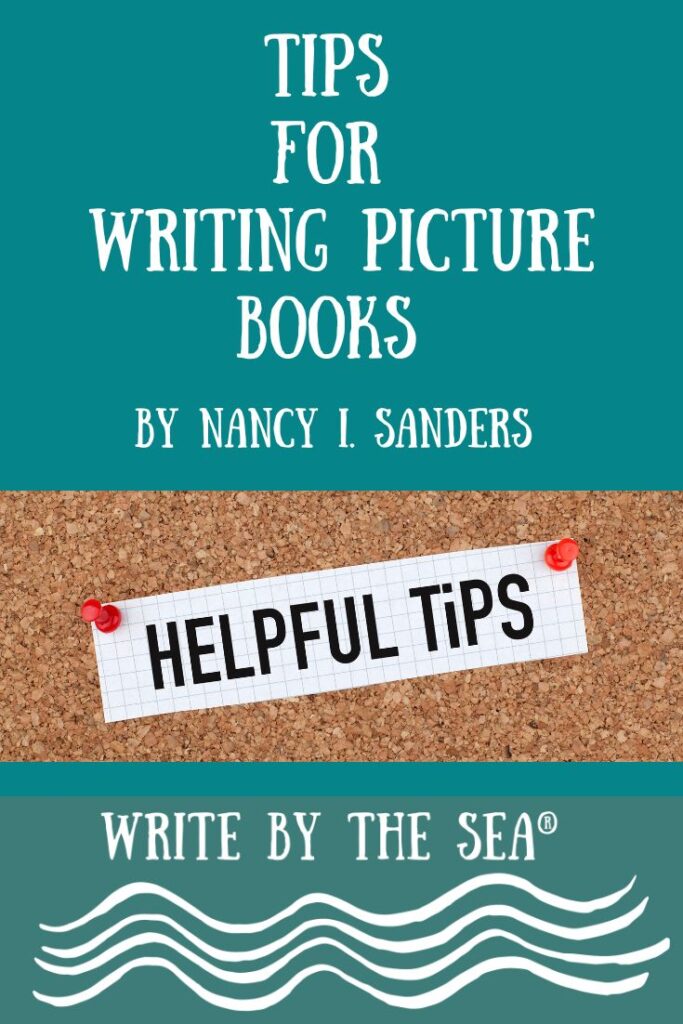
When writing a mystery for a children’s magazine, there are basic ingredients your story should have:
Problem
A mystery usually starts with a problem that involves a crime or mysterious unknown.
Somebody is needed to solve the problem and get all the questions answered.
Think whodunit!
Characters
• Detective or main character (MC) whose job it is to solve the crime or mysterious problem.
• Suspects: Each one of these must have a valid reason or motive they might have committed the crime or caused the problem. They also must have had the potential opportunity to do it.
Clues
The actual person who committed the crime has to leave a trail of clues that the detective or MC can find.
•Red herring: This is a clue that actually misleads the detective and points to the wrong suspect. A red herring isn’t necessary, but it’s always a plus.
Conclusion
A mystery concludes with the crime being solved and the questions being answered.
The reader needs to feel satisfied with how the story ends.
The tricky part about the conclusion is that it needs to hold an element of surprise or an ah ha! moment.
It can’t be predictable or a magazine won’t publish it.
When writing a mystery for a children’s magazine, here are a few pointers to remember:
#1 Each magazine has its own preferences for stories they like to publish.
Study the mysteries your target magazine publishes and craft yours to have a similar feel.
If your target magazine doesn’t yet publish mysteries but you’d like to submit one to them, study their fiction stories in general to note the plot development, character development, use of dialogue and pace of the action.
#2 The word count in a magazine story is not very high.
Usually it tops out at 700 to 1500 words.
This is a big contrast to chapter books or middle grade novels where mysteries can be developed in a much more in-depth process.
Your mystery has to start with a pop, get hopping, and wrap up with a surprising and very satisfying bang!
#3 In a magazine story there’s not a lot of room for character development, so give each one of your characters, especially the detective and the suspects, their own unique character tag.
For example, make one suspect sneeze between every other sentence because he’s allergic to the cat.
Make another suspect always wear a baseball cap. Make another suspect wear a lot of bling.
And make your detective have an endearing quirk such as loves to eat pickles when searching for clues.
The big crunchy juicy pickles that squirt his suspects in the eye as he takes a bite!
#4 Because there’s not a lot of room for a big word count, drive the action of your story through lots of dialogue so we hear and see what’s happening instead of just being told.
Not only does this save on word count but it helps you “show, not tell.”
Kids love mysteries and you might discover you love to write them, too.
Try writing them for magazines and search this market for opportunities to submit.
Who knows where your search might lead you!1
or click here to see about a children’s middle grade novel done in a month!
Don’t forget to join our mailing list!
Just fill in your name and email address, below:
About Nancy I. Sanders
 Bestselling and award-winning children’s author of over 80 books, Nancy I. Sanders wants to help you experience success writing for kids! It’s hard work, yes, but it’s also lots of fun and very, very rewarding.
Bestselling and award-winning children’s author of over 80 books, Nancy I. Sanders wants to help you experience success writing for kids! It’s hard work, yes, but it’s also lots of fun and very, very rewarding.
If you’d like more tips and strategies for children’s writers, check out her how-to book, Yes! You Can Learn How to Write Children’s Books, Get Them Published, and Build a Successful Writing Career. Visit the book’s website at https://yesyoucanlearn.wordpress.com.







